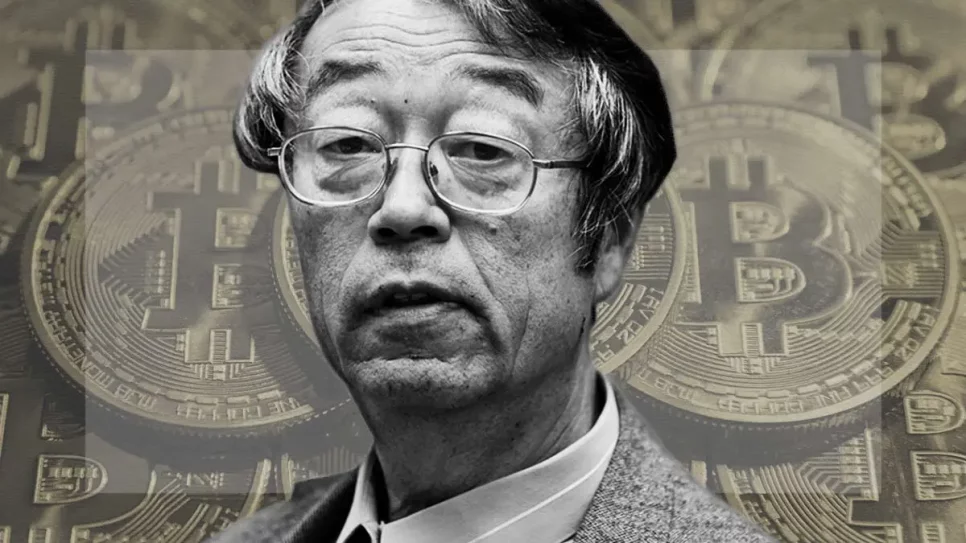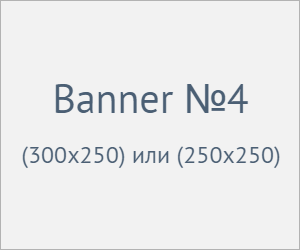We share verified earning schemes daily on Telegram.
In our Telegram channel, you'll find crypto signals, insider info on HYIPs, combo deals for tappers, and coin giveaways. Only verified earning methods without fluff.
A trader must clearly understand that the participants in a transaction are always divided into makers and takers. First and foremost, this classification affects the fee paid by the trader for each transaction. Additionally, each side performs specific functions in the market.
A maker — is someone who places a pending order. This means that it will not be executed immediately but after some time, as the order is placed above or below the current market price of a specific cryptocurrency. A maker acts as a provider of liquidity, as a large number of orders increases interest in the instrument, attracting more participants to the trading pair.
Cryptocurrency exchanges actively encourage makers because they create market activity. As a result, their transactions are either not subject to fees or are charged a minimal percentage. Makers operate using limit orders, placing their offers in the order book. The offer must necessarily be below or above the current price of the crypto asset.
What advantages do makers gain:
- they have the opportunity to buy an asset below the market price;
- they sell accumulated tokens above the market price;
- large players can engage in price manipulation and influence the outcome of their own trades favorably;
- maker transactions are subject to low fees or no fees at all.
However, there are also disadvantages. A maker understands that their order is delayed over time and orders are not executed instantly. The trader must wait for the other party to accept their trade price, which can sometimes take weeks or even months.











Information
Users of Гости are not allowed to comment this publication.